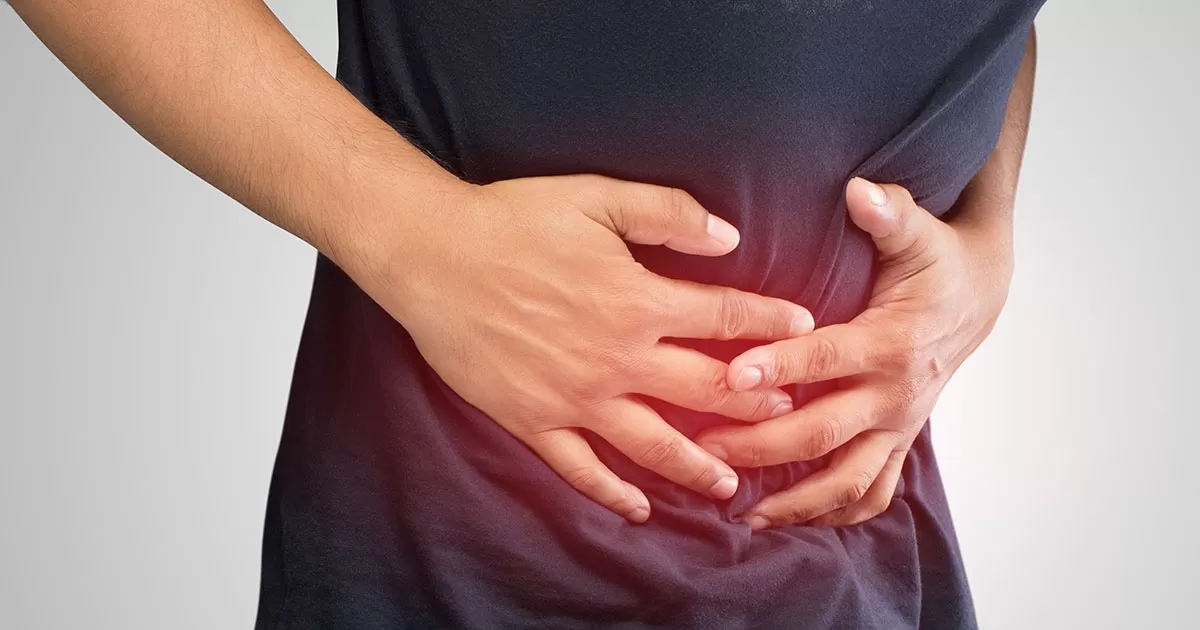
Appendicitis – a pain in the belly
Home > Health Info > Health Articles

Since the appendix is a vestigial organ, I often get asked why do we still have an appendix. Please note, the appendix is singular, you don’t have “them” removed. My answer is that it is actually a very important organ, as it is the first surgical procedure done by new surgeons. Yes, my first was a Russian seaman in Gibraltar, and I think I was much more worried and apprehensive than he was, but that is a yarn for another time.
A few years ago now, one of my friends was rushed to hospital with inflammation of the Appendix, which we medico’s call Appendicitis (remember that “-itis” at the end of the word usually means inflammation). He had noticed some pain previously and a watchful eye was being kept upon him by the surgeon, waiting to see if it would “blow up” (not in the bomber sense) or subside. It didn’t settle and as the pain became acute he ended up on the table and sacrificed his inflamed organ (the appendix, silly!) to the surgeon’s knife. If it makes you feel better, there are no ‘apprentice’ surgeons at my hospital!
The appendix is a little “finger” shaped appendage that hangs off the bowel and connects with it. Ruminants such as cows have large ones, if size really matters! For us, it is also one of those cute “vestigial” organs which has no apparent functional use these days, but can give us lots of problems if things go wrong. And things often do go wrong, with appendicitis being experienced by about 1 person in 500 every year. Males suffer from this more than females and it can strike at any age, though under two is exceptionally rare. The most affected age group is between fifteen and twenty-four.
So what causes Appendicitis? It is a form of infection which is generally from the food passing through the gut and can be bacterial or even viral. Sometimes the poo (nice medical term) in the gut gets jammed into the appendix and causes the initial problem. Just for the record, we call it inspissated feces, just to make it sound grander than it really is.
While the signs and symptoms of Appendicitis are straightforward, the diagnosis is not as easy as a number of other abdominal conditions will mimic the symptoms of centro-abdominal pain which radiates to the right iliac fossa, nausea, with a low grade fever and occasional diarrhea. From my medical student days I can even remember the last one being the Abdominal Crises of Porphyria! I must admit that in 50 years of medicine I’ve never met her!
There are some laboratory tests which can be done, especially a blood test to see if the White Cell count has gone up, and some centers will perform ultrasound to try to differentiate what is going on inside the belly.
The definitive “cure” is to whip out the offending organ, and as mentioned before, this is usually one of the first operations a young first year surgeon does on his own.
My old surgical boss always told me to make sure the skin incision was as small and as neat as possible, because that was all the patient had to go by to judge one’s competency. It didn’t matter what went on inside – just make sure the outside looked good! This was particularly important with young females and a 2 cm scar level with the top of the bikini bottom was the ideal.However, these days most surgical removals are done via “keyhole” surgery with three or four small incisions only. The recovery time after this form of surgical procedure is also quicker than “open” surgery.
Post-operatively the vast majority of patients do well and are up and about in a few days, happily living without their appendix, so if you’re having some grumbling gut pains, and you still have your Appendix, perhaps you should let our doctors cast their practiced eyes over it.

Previously published in the Pattaya Mail.
Share :




